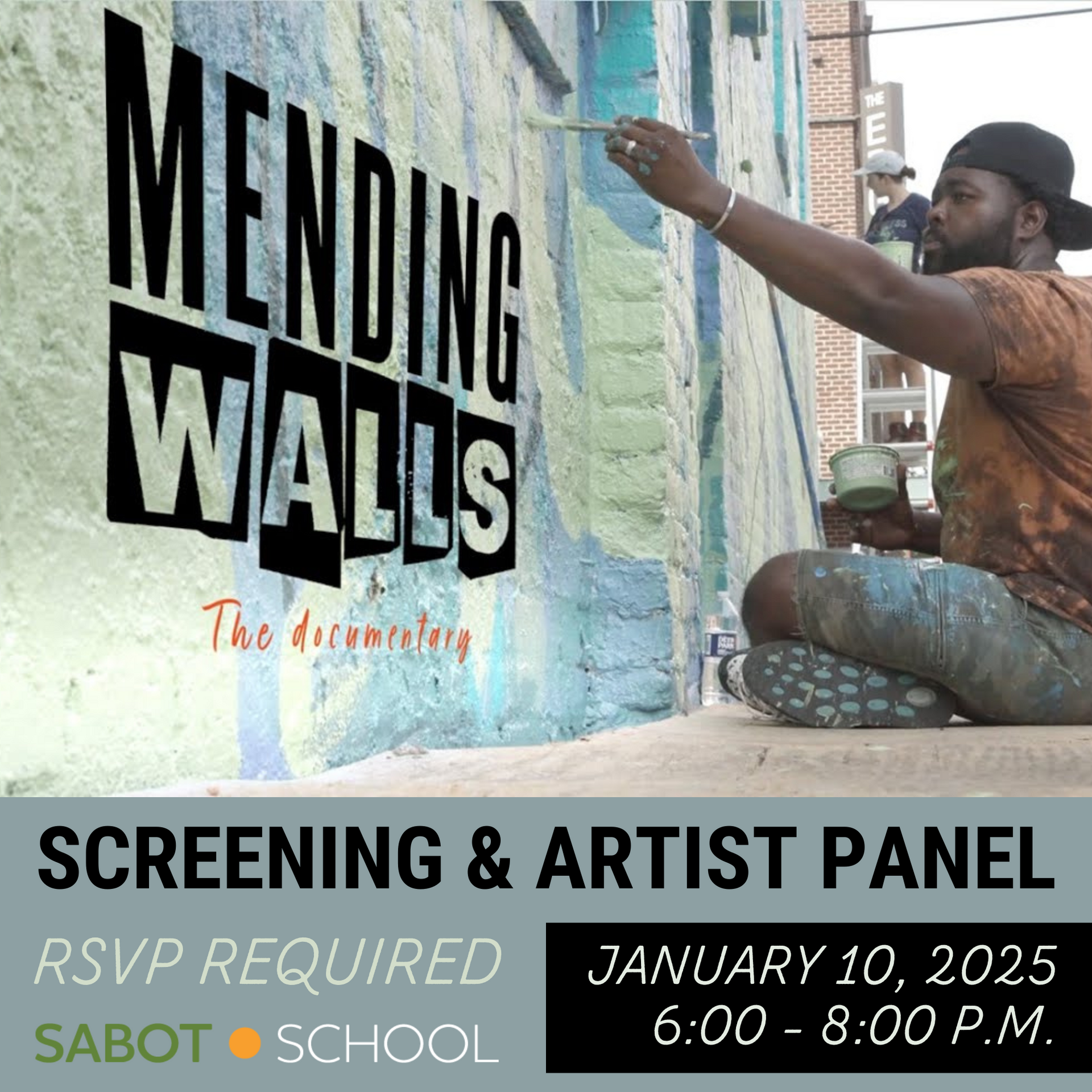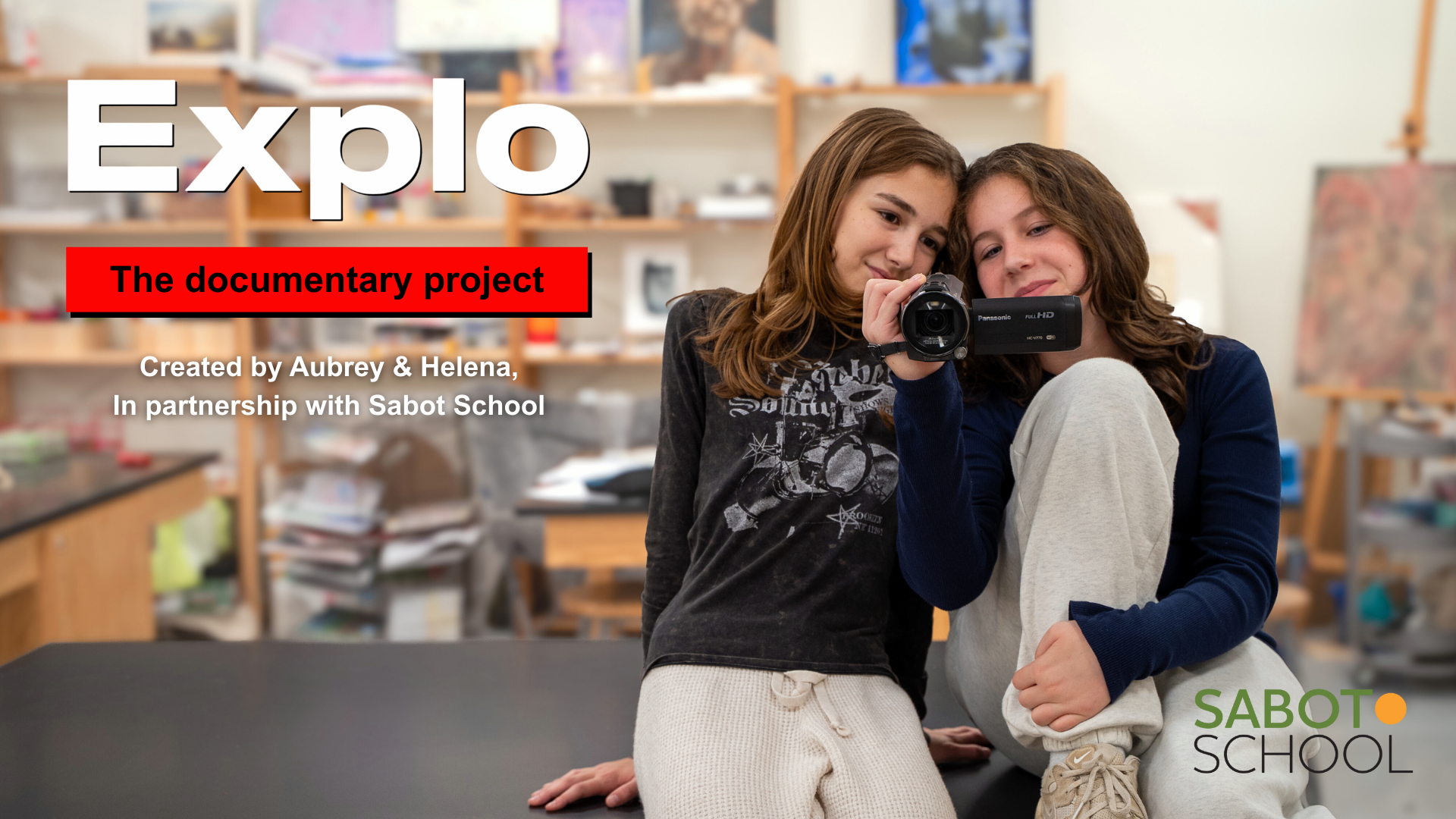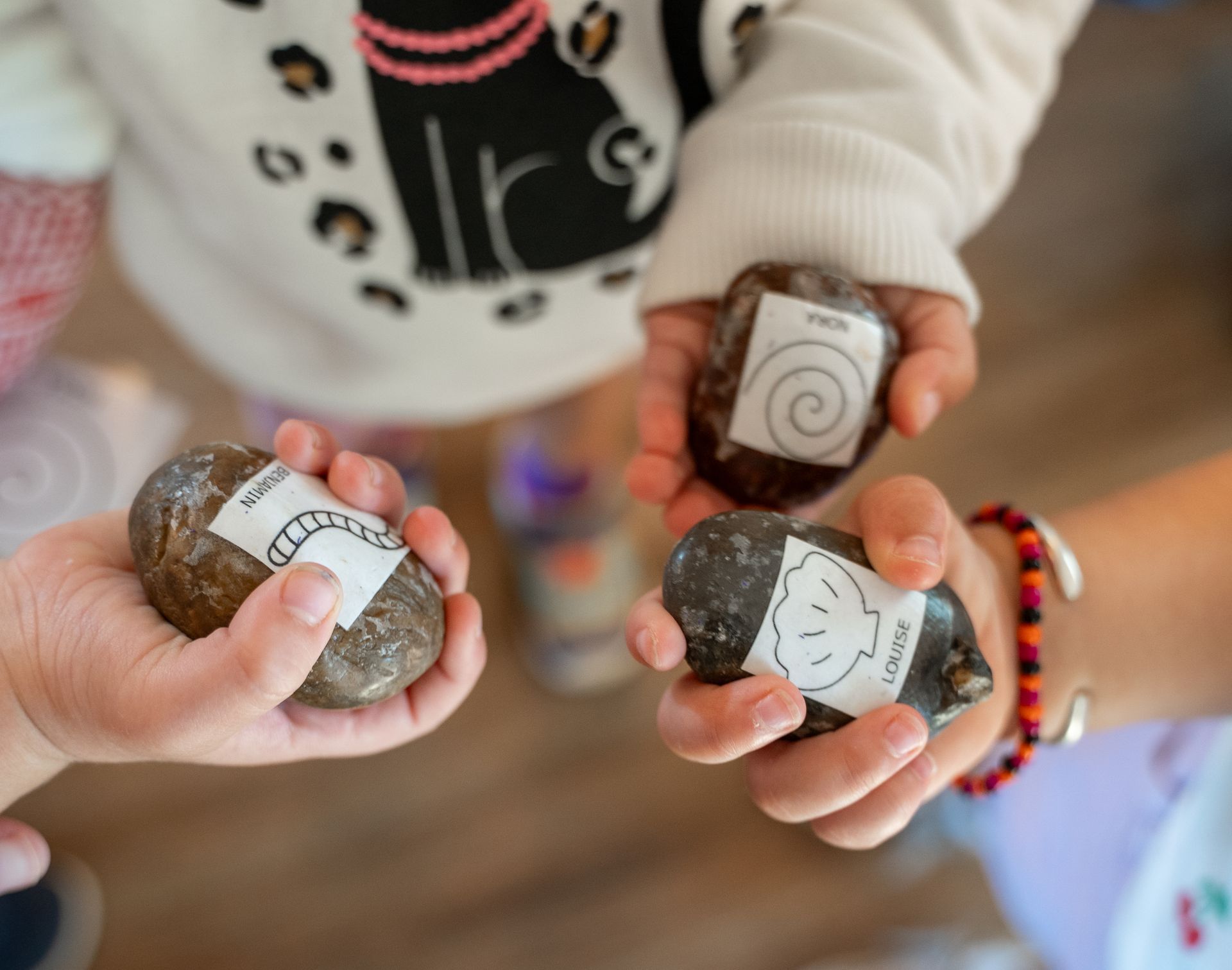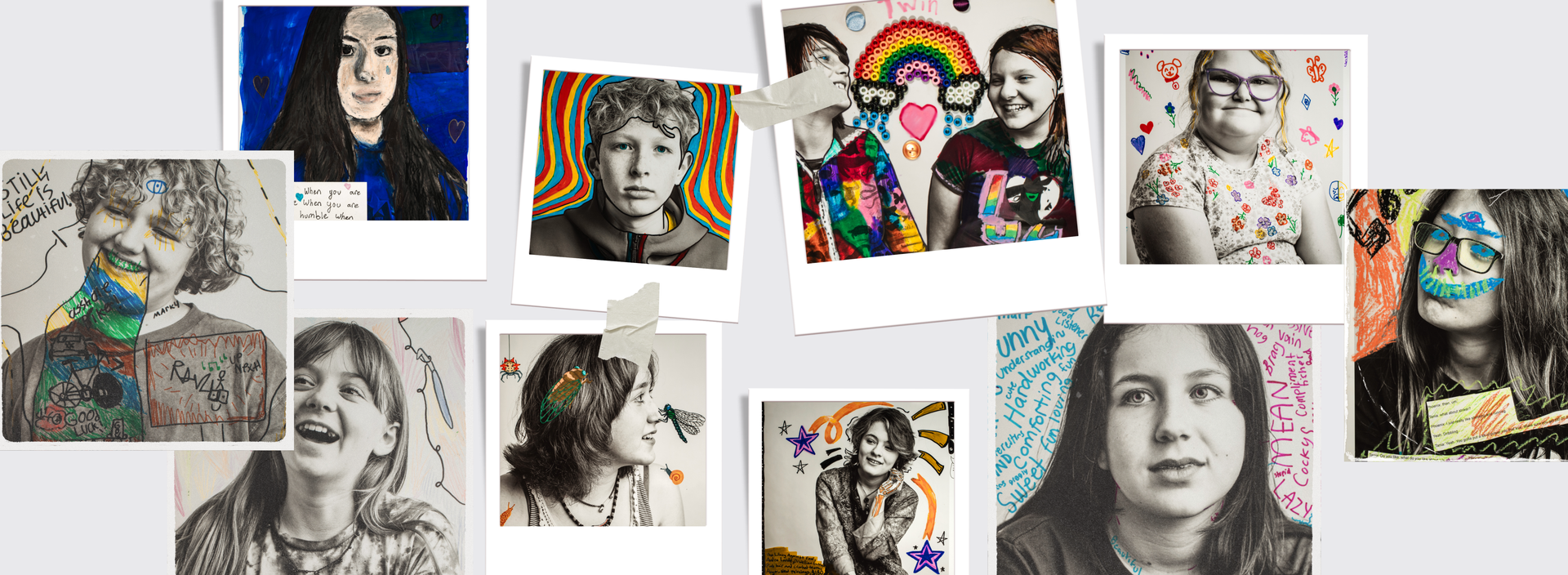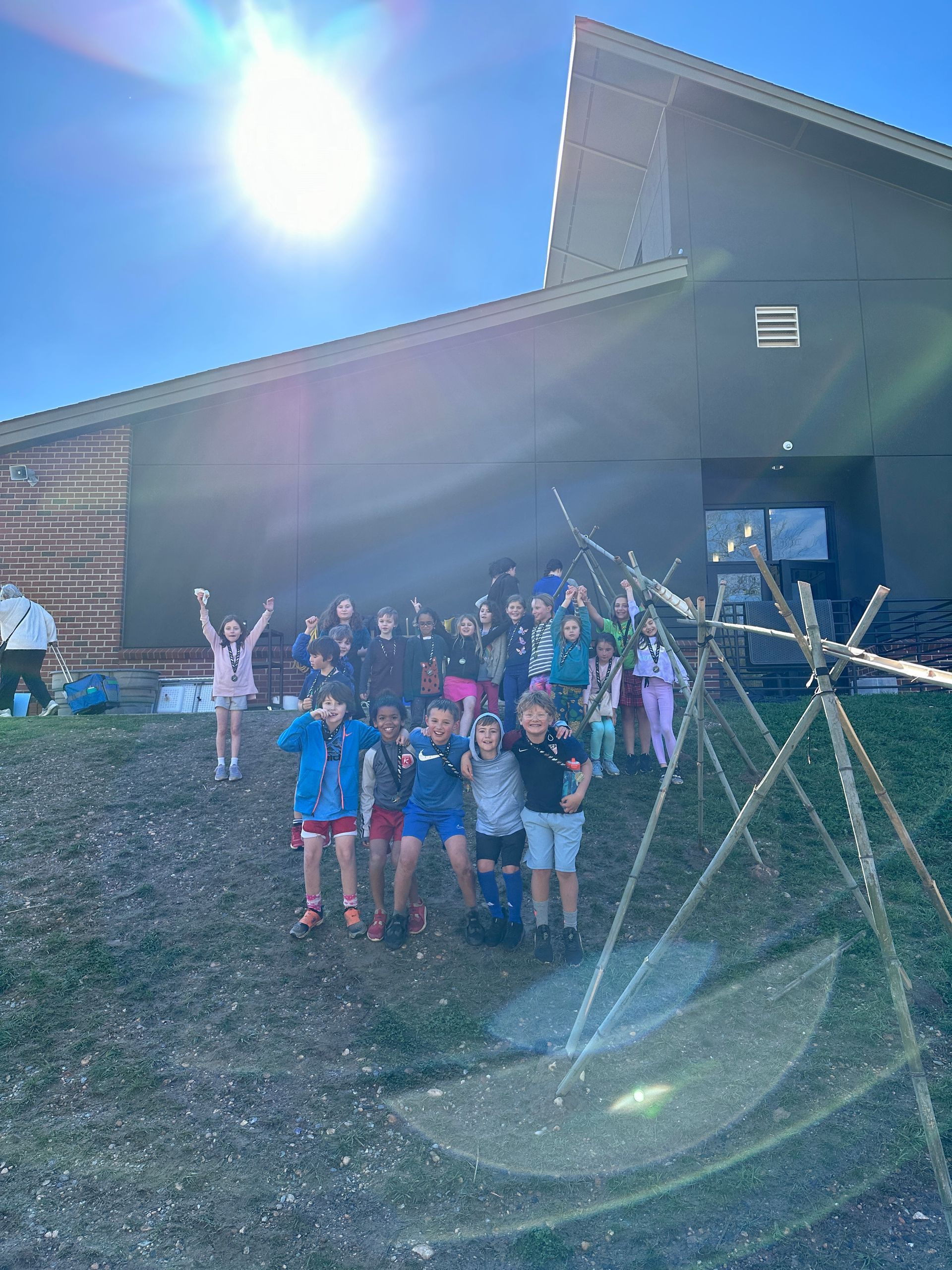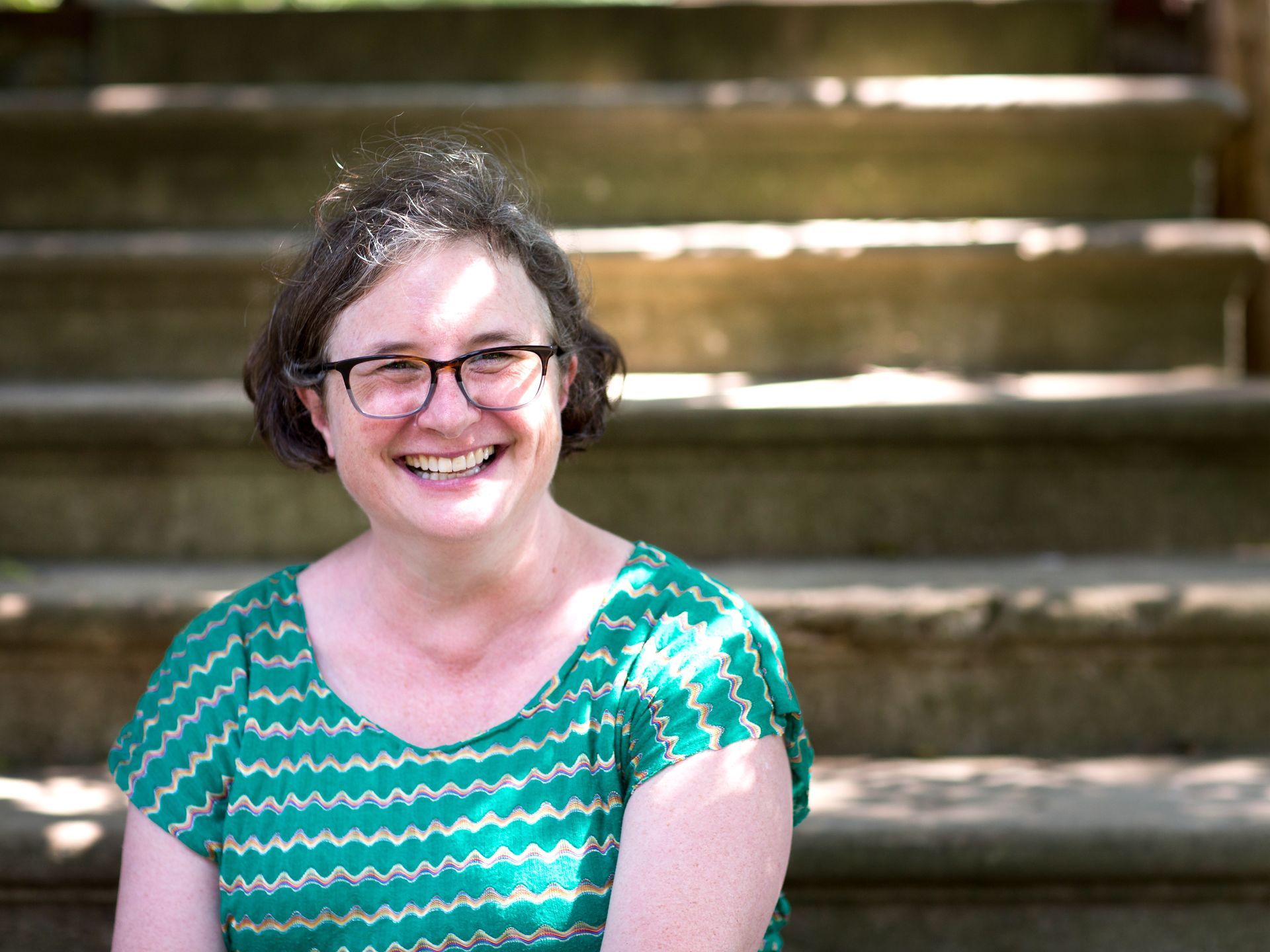Talking to Young Children About Racism (From a Position of White Privilege)
By Marty Gravett, Director of Early Childhood Education
 When I was 5 or 6, I overheard a confidant of my mother from the city say to her in a hushed voice, “I will give you a ring.” I was excited by the important tone of this and imagined a beautiful jewel coming into our basic, rural lives. After waiting a few days, I asked. “Mom, when is Mrs. Fitzpatrick bringing you the ring?” In my mind’s eye, I saw a diamond set about with blue stones.
When I was 5 or 6, I overheard a confidant of my mother from the city say to her in a hushed voice, “I will give you a ring.” I was excited by the important tone of this and imagined a beautiful jewel coming into our basic, rural lives. After waiting a few days, I asked. “Mom, when is Mrs. Fitzpatrick bringing you the ring?” In my mind’s eye, I saw a diamond set about with blue stones.
She of course was talking about calling on the telephone.
What does this story have to do with talking about racism? The young child, on the cusp of magical and concrete thinking, hears something they don’t fully understand and easily fills that murkiness with magical thinking. They frame a literal interpretation of things that they take in with their own eyes and ears. The combination leaves the young child vulnerable to their own hopes, fears, and understanding.
Children at very young ages have lots of thoughts and plenty of ideas about the world around them. They interpolate adult tone, movement, and levels of emotion and, based on these, form theories and develop personal schema for understanding. This universal process suggests that conversations with children are an important approach to helping them rethink misconceptions. If the conversations are an authentic interchange between adult and child, they can help children develop a strong sense of personal control and safety and, most importantly, can help them to value personal agency and change.
We certainly know that in this moment in history, adult lives are filled with anxiety and strong feelings. If you have read any parenting literature lately you will be familiar with the adage “take care of yourself first”. In the case of talking about racism, this means assessing where you are in your own understanding and growth, acknowledging your privilege and biases frankly, and starting to work on what you’ve found. Then, assess and repeat.
While conversations with your child cannot wait for you to do this work, it does mean that you need to start the work and also to find a place to vent your emotions so you are not carrying your own immediate triggers into a conversation with your child. This upfront work will help you avoid situations in which you might be ambushed by your own emotions and unwittingly scare your child with the intensity of your response. From the start, just know that it is always okay to say, “I don’t know, let’s figure that out together.” And to say, “Wow, that created a strong feeling in me that I didn’t know I had.” In this video, Patty Wipfler , founder of Hand in Hand Parenting, shares ways we can do our own work in order to support our children.
Racism is an encultured perspective. Believing that lets you hope that with your help, your child will have a greater degree of freedom or distance from some of the cultural biases that were our lot. It is hope that leads you to embark upon this work with your child, although it is not likely to be very comfortable – nor is it supposed to be. This work will take courage and risk-taking, and possibly (most probably) you are not going to get it right all the time. But forge ahead. This is important parenting. This is about raising a citizen of the world.
Be proactive. Open the conversation by finding out what they already know or think. Even if it is magical thinking. While you are opening the conversation let them take the lead. Then as you see misconceptions emerge, ask questions that address the misconceptions and then “lend” or share information to keep the conversation vital and full of reflection and good thinking.
Give them time, space, and affirmation for whatever feelings they might have.
Know that this will have to be the first of many, many conversations on this and related topics. This overview from CNN provides resources, suggestions, and support for conversations about protests and racism for multiple age groups.
Share your perspective in a conversation. Give over lots of time for questions and wondering and theorizing. Start the work of making sure they understand that you value differences and are not afraid to notice your privilege. Although it is uncomfortable, it is important to look carefully and to own your personal biases. Chantal Harrison tells us in her Hand in Hand Parenting post, “Parents Need to Talk about Race Early and Often” , that we need to acknowledge that “having a choice about whether or not to have these conversations is a privilege.” Give them concrete examples of your experience, and ask about theirs.
Read to them as an entrée into the subject. Buy some of the great books available on anti-racism and read with the idea of taking time for conversations along the way. This is a sure way to keep the conversations fertilized and ongoing. One of these excellent reads is Antiracist Baby by Ibram X. Kendi. This board book is a primer for all of us – not just babies. It outlines nine steps for building a more equitable world, and there is lots of language to help us talk with young children about this important concept. See Sabot’s reading list for more titles for this age group.
Make sure your child knows there are things to be done and steps to take. Don’t leave them feeling powerless. That is not the goal in a society seeking social justice; the goal is to empower everyone and to create a more equitable society that supports everyone’s health and wellbeing. The American Academy of Pediatrics notes that “ racism is a social determinant of health that has a profound impact on the health status of children” . Include children in what you are doing to create a just society. There will be marches that are not too much for youngsters, making signs, raising money to donate (make sure that they really are fully involved in the work of raising the money), voicing their opinions when they hear things that are wrong, and speaking up for others.
There is such a lot of work to do; we need their help.
The post Talking to Young Children About Racism (From a Position of White Privilege) appeared first on Sabot at Stony Point.
SHARE THIS POST
